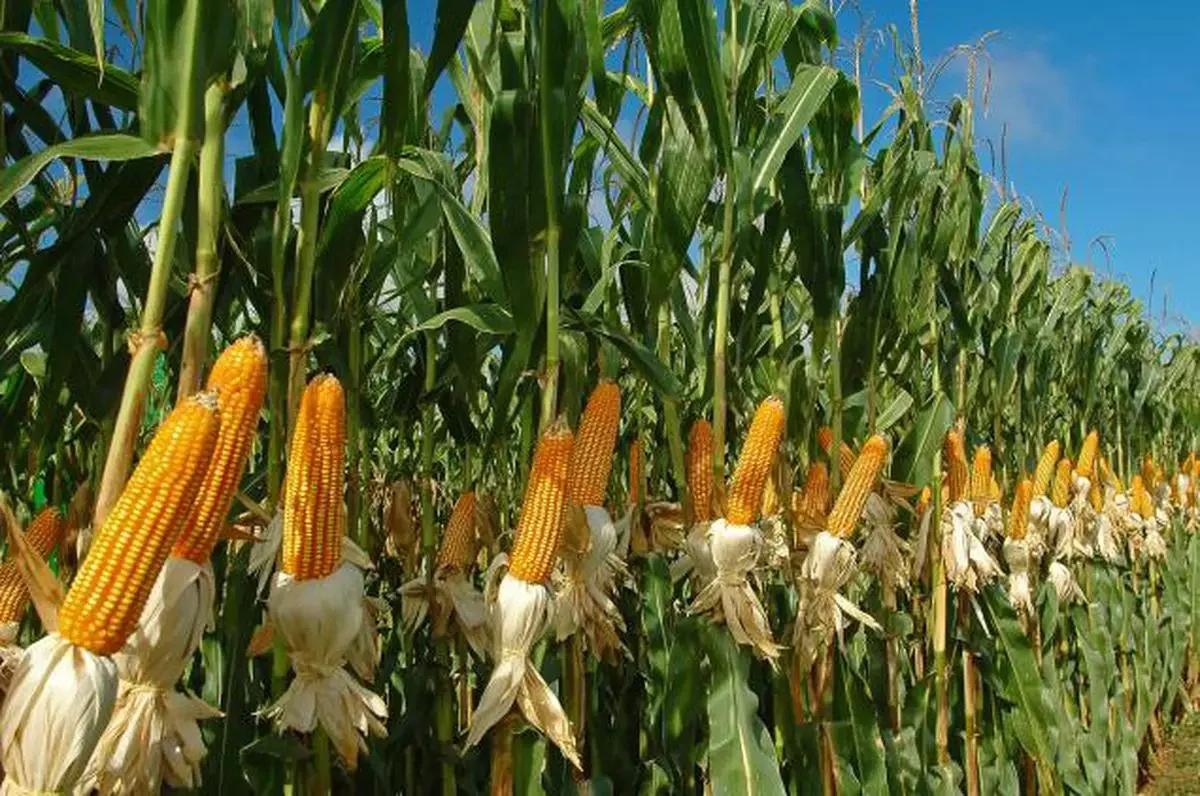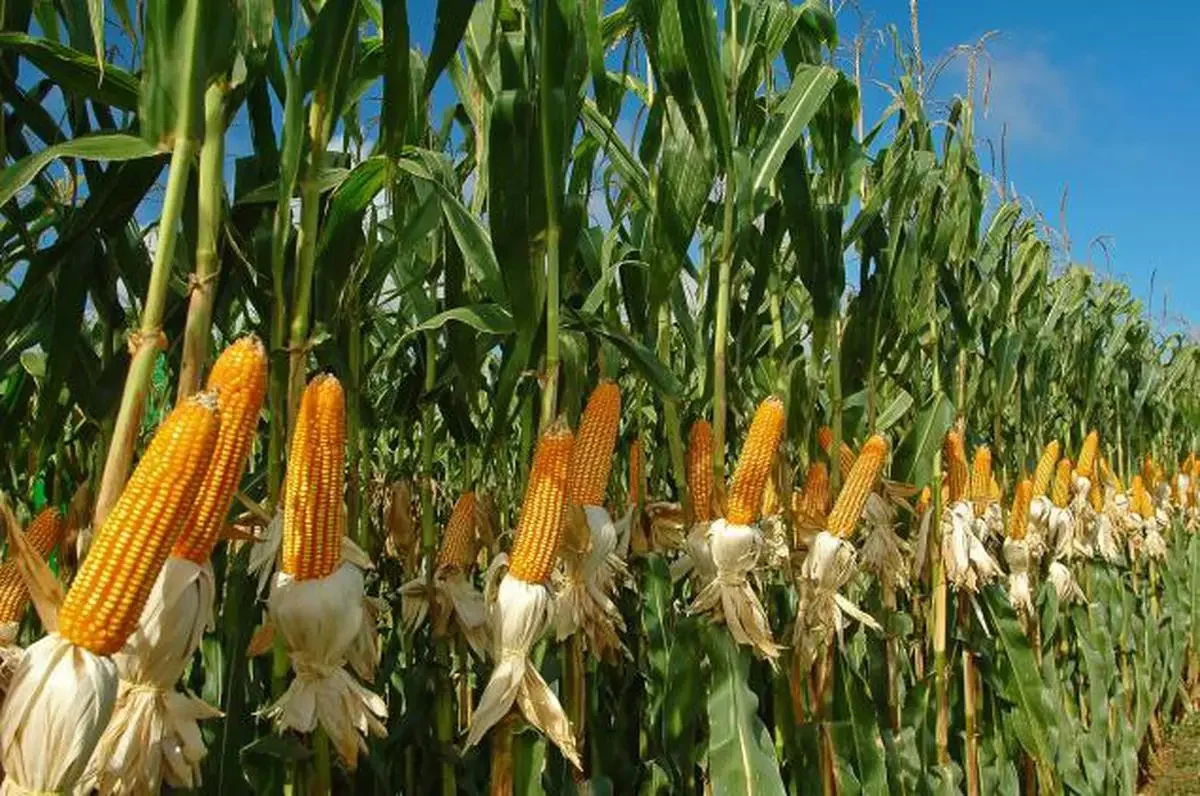Zambia’s Plan to Export 1 Million Tonnes of Maize to DRC Signals Boost for Regional Food Security

Zambia’s National Food Reserve Agency (NFRA) has unveiled plans to export one million tonnes of maize to the Democratic Republic of the Congo (DRC) during the 2025/2026 financial year, in a move aimed at strengthening regional food trade and stabilising surplus grain stocks.
The planned export is part of NFRA’s broader strategy to offload up to 1.1 million tonnes of maize from the country’s strategic grain reserves, while simultaneously ensuring national food security. The DRC is the primary destination market for the bulk of the maize, underlining the growing agricultural trade ties between the two neighbours.
NFRA Executive Director, Kelvin Hambwezya, said the agency has already initiated discussions with stakeholders in the DRC to facilitate the export agreement. “The maize will mostly go to the Democratic Republic of the Congo, and we are working closely with our counterparts there to ensure the trade flow is efficient and beneficial to both sides,” Hambwezya said.
This initiative comes at a time when Zambia has reported above-average harvests in recent seasons, thanks to favourable weather patterns and strategic investments in agricultural productivity. However, surpluses have outpaced domestic consumption, prompting the government to explore export markets as a way to reduce storage costs and improve returns for farmers.
The NFRA’s plan aligns with President Hakainde Hichilema’s administration’s commitment to turning Zambia into a regional food basket. It also highlights the country’s capacity to support food-insecure neighbouring countries, particularly the DRC, which has struggled with recurrent maize shortages due to conflict, underdeveloped agriculture systems, and poor infrastructure.
In addition to stabilising food supply in the DRC, the deal is expected to boost Zambia’s foreign exchange earnings and generate employment opportunities in the grain value chain—from production and storage to logistics and border trade.
